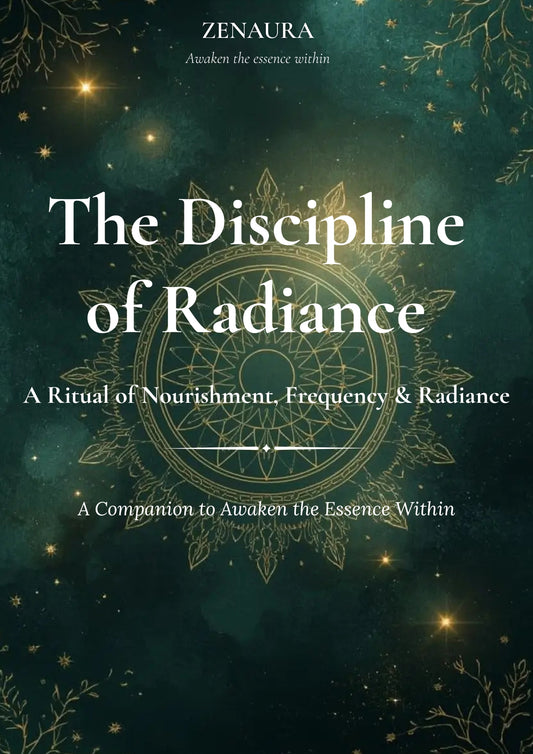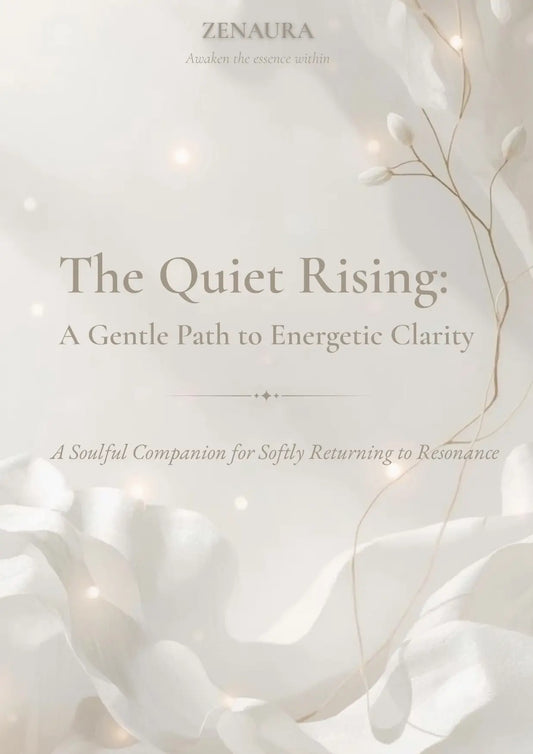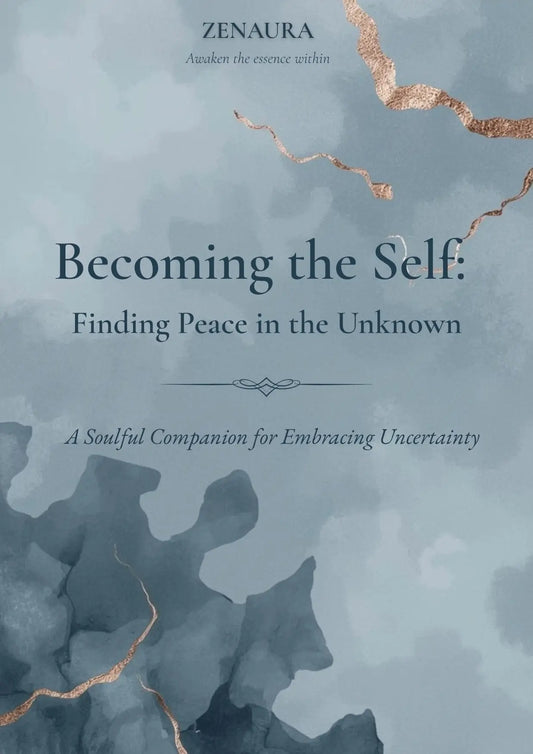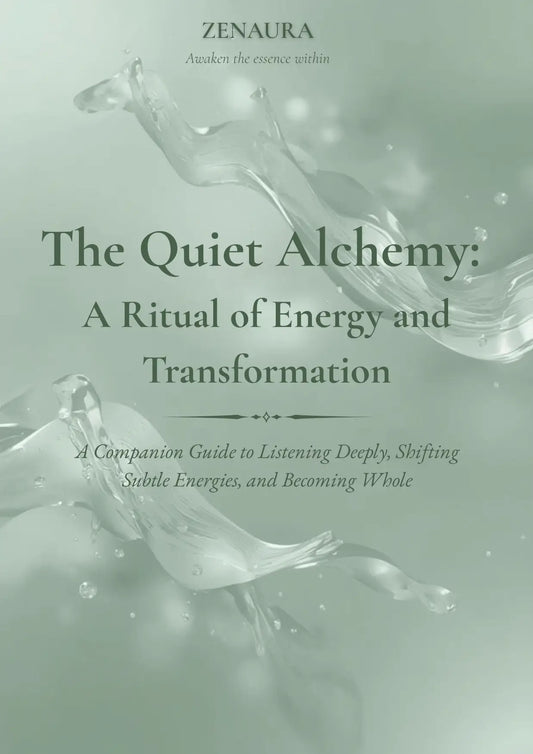
Breadcrumbs in Relationships: Spot the Subtle Signs Before You Burn Out
Human connections are rarely simple. Across friendships, families, workplaces, and wider social circles, relationships follow rhythms that shift between steady, fleeting, and unpredictable. Within these patterns exists a behaviour that subtly shapes emotional experience: breadcrumbing in relationships. Breadcrumbing takes the form of small, intermittent gestures—a brief message, a nod, a fleeting smile, or a shared laugh that passes quickly. It appears, lingers briefly, and then recedes, hinting at connection without fully engaging. Each moment suggests attention, yet rarely sustains the depth of a genuinely reciprocal connection.
For those unaware, the imbalance can feel persistent—the giver invests minimally yet expects more than they offer. This asymmetry can prompt overthinking, self-doubt, and a quiet depletion of energy, leaving the mind restless and the heart cautious. It can affect confidence, creating a subtle sense that one’s worth is constantly being tested or measured against invisible standards. Over time, the experience may accumulate like small, unseen weight, influencing emotional patterns, self-perception, and even decision-making in other areas of life.
For those who recognise breadcrumbing immediately, gestures are simply observed; their rhythm is understood, and boundaries maintained with ease. Awareness transforms moments that might unsettle into neutral, understandable behaviour. Clarity replaces uncertainty, and engagement becomes a conscious choice rather than a response to subtle pressure. The ability to see these gestures for what they are allows individuals to interact with calm discernment, choosing when to engage fully, when to maintain distance, and when to simply observe. This conscious perspective is empowering, preserving emotional energy while remaining open to genuine connection where it exists.
What Is Breadcrumbing in Relationships?
Breadcrumbing is a series of small, inconsistent gestures that suggest attention without true follow-through. A message arrives, a laugh is shared, a smile lingers only briefly. These moments are enough to be noticed, to stir curiosity, or to invite hope—but rarely enough to build trust or establish a mutual, sustaining connection. Each gesture flickers briefly, visible for a moment before vanishing, leaving the observer to question whether the attention was ever genuine. The ephemeral nature of breadcrumbing often evokes a sense of uncertainty, subtly undermining emotional steadiness.
In relationships, breadcrumbing signals presence without warmth. A colleague may offer polite words or small courtesies but avoid meaningful collaboration. A friend may reach out only when convenient, expecting attention while contributing little in return. Family members might rely heavily on support yet reciprocate only when it suits them. In romantic or dating contexts, breadcrumbing may take the form of mirrored laughter, maintained proximity, or playful gestures that hover on the surface without ever reaching genuine emotional engagement. Even the most seemingly innocuous gestures, when repeated inconsistently, can create an undercurrent of doubt or longing for those unaware of the pattern.
For those who recognise these patterns, however, breadcrumbing carries no weight. Each gesture is seen for what it is, understood without internalising imbalance, and engaged with consciously. Awareness allows the observer to navigate interactions without confusion, maintaining emotional stability even when the behaviour persists. In this way, the same gestures that unsettle one person may pass unnoticed by another who has developed the insight to interpret the subtle cues accurately.
Real-world examples help bring this into focus. Imagine a friend who responds after weeks, expecting immediate attention when they finally reach out. For someone unaware of this pattern, each sporadic message might feel like a lifeline or an emotional test. For someone who is attuned, however, it is simply a pattern: they can respond if they wish, without pressure or expectation, recognising that the engagement reflects the friend’s choices, not their own worth. Similarly, a manager who offers calculated praise while consistently expecting over-delivery may leave an unobservant team member anxious and overextended. Awareness of these dynamics allows the same gestures to be seen clearly, without internalising self-blame or carrying undue obligation.
Signs of Breadcrumbing
Breadcrumbing often shows itself in subtle patterns rather than dramatic actions. Attention arrives inconsistently: a message at unexpected hours, a brief smile, a fleeting gesture, or casual acknowledgment that appears and disappears. For the unaware, these patterns may feel puzzling, prompting overthinking, self-questioning, and emotional strain. To the aware, the same gestures are simply observed as part of the other person’s behaviour, not a reflection of personal worth or relational value.
Inconsistency is a primary indicator. Attention fluctuates without predictable rhythm, leaving the recipient guessing, hoping, or sometimes longing for stability. Imbalance is another hallmark. The person providing breadcrumbs gives minimally yet expects considerably more—emotional energy, attention, or practical support. In friendships, this may show as sporadic messages, promises that rarely materialise, or selective engagement only when convenient. Within families, minimal involvement may be paired with expectations of constant support, creating subtle pressure. Work environments may include colleagues or managers who offer calculated recognition while anticipating continuous productivity and availability, regardless of reciprocity. In romantic relationships, mirrored laughter, proximity, or playful attention may appear meaningful but lack depth or consistent follow-through.
Ambiguity often accompanies these gestures. Intent is rarely explicit, leaving room for interpretation. Those unaware of breadcrumbing may internalise ambiguity, questioning whether they are misreading cues or expecting too much. These unresolved questions can quietly influence self-esteem, decision-making, and emotional responsiveness. In contrast, those who perceive breadcrumbing clearly experience it as a neutral pattern, allowing conscious engagement or disengagement without emotional disturbance. Recognising the rhythm of these interactions is a crucial step toward maintaining clarity and protecting energy.
Why Do People Breadcrumb?
The motivations behind breadcrumbing are diverse and often layered. Some individuals engage unconsciously, offering minimal gestures because of emotional unavailability, indecision or fear of vulnerability. Others act consciously, using small gestures to manipulate, influence, or maintain control over the emotional dynamics of a relationship. Conscious breadcrumbing can involve deliberate timing of messages, selective attentiveness, or measured engagement designed to create dependence, curiosity, or perceived obligation. By offering minimal investment while expecting more in return, the person maintains leverage without contributing meaningfully, shaping interactions to suit their own needs.
Regardless of intent, the emotional effect depends on the observer’s awareness. Those who recognise the pattern experience it neutrally, observing behaviour without absorbing imbalance. Those unaware may experience fatigue, anxiety, and uncertainty, often overcompensating in an effort to meet unspoken expectations. This dynamic illustrates how awareness functions as both a shield and a lens: it transforms potentially confusing gestures into manageable, observable patterns, allowing deliberate choice in response and engagement.
The Psychological Effects of Breadcrumbing
The psychological impact of breadcrumbing is not inherent; it depends on whether the recipient perceives the pattern. For those unaware, breadcrumbing can foster anxiety, self-doubt, and persistent overthinking. Each small gesture may be magnified, interpreted as a signal of care or interest, leaving the recipient suspended between hope and uncertainty. The expectation that a relationship will become reciprocal often remains unmet, gradually eroding confidence and emotional energy.
Over time, repeated exposure can contribute to emotional fatigue or burnout. The subtleness of breadcrumbing, combined with inconsistency and ambiguity, makes it difficult to pinpoint the source of stress. In personal relationships, family dynamics, or workplaces, the cumulative effect may influence broader patterns of behaviour, including withdrawal, hyper-vigilance, or excessive accommodation. For those who recognise breadcrumbing immediately, however, the same gestures are neutral. Boundaries are maintained, emotional energy is preserved, and engagement is deliberate rather than reactive. Awareness, then, acts as a buffer against the subtle psychological strain that breadcrumbing can otherwise create.
Finding Clarity and Protecting Your Energy
Recognising breadcrumbing is an act of self-knowledge rather than judgement. Observation allows individuals to notice the rhythm of attention, the balance of effort, and the degree of reciprocity. Questions may arise naturally: Are gestures consistent or fleeting? Does the other party invest emotionally and practically, or is the effort one-sided? Awareness enables conscious choice: to engage fully where genuine connection exists, or to step back when it does not.
Healthy relationships are marked by steadiness, reciprocity, and emotional presence. They are characterised by continuity, attention, and care, fostering resilience and clarity. Recognising breadcrumbing allows for deliberate action: engaging meaningfully where depth exists, stepping back where it does not, and maintaining equilibrium regardless of the other party’s behaviour. The insight to distinguish between neutral patterns of behaviour and relational imbalance empowers individuals to preserve energy while maintaining openness to authentic connection.
Breadcrumbing need not disturb emotional clarity. Awareness transforms gestures that could cause confusion into observable behaviour. By noting rhythms, recognising patterns, and identifying imbalance, individuals can maintain energy, preserve boundaries, and protect wellbeing. Gentle reflection may help: “Am I giving more than I receive?” or “Are these gestures part of consistent engagement, or are they sporadic and inconsequential?” By recognising breadcrumbing as the behaviour of the other person rather than a reflection of personal worth, clarity is preserved, engagement becomes intentional, and relationships can be evaluated for genuine reciprocity.
| As you navigate clarity and cultivate authentic connections, you may also uncover the deeper patterns within yourself. Explore your personalised Sacred Soul Map — a gentle guide to understanding your inner rhythms and emotional tendencies. |
Embracing Clarity and Authentic Connection
Breadcrumbing is subtle, pervasive, and universal across friendships, families, workplaces, and romantic relationships. It manifests in inconsistency, ambiguity, minimal effort, and expectations of more than is given. Its psychological impact is not inherent; strain arises primarily for those unaware of the pattern. Awareness transforms these gestures from potential sources of confusion or emotional drain into patterns that are observable, understandable, and manageable.
By recognising breadcrumbing, responding consciously, and maintaining clear boundaries, individuals reclaim emotional energy, protect wellbeing, and cultivate connections that are consistent, reciprocal, and sustaining. In a world of intermittent attention and subtle expectations, understanding breadcrumbing allows steadiness, clarity, and authentic human connection. Conscious engagement ensures that relationships provide the care, clarity, and reciprocity they are meant to offer, supporting resilience and emotional autonomy in every interaction.






